Search

Farm to (More Than) School
Opportunities for local food procurement go beyond just school lunch! Learn about several child nutrition programs and settings that may accept local foods.

SDSU Extension to Host Drought Management Meetings
April 29, 2022
SDSU Extension will host drought management meetings across South Dakota May 10-12.
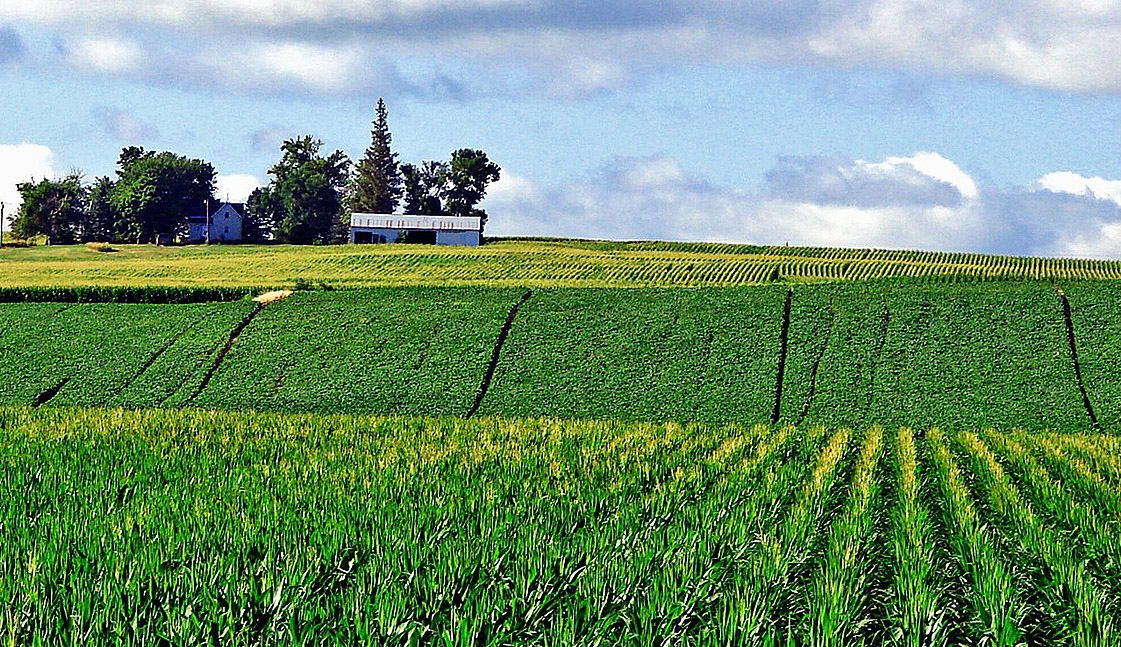
Crop Rotation in Farm Management
Crop rotation has long been considered an important farm practice. In 2013 producers had to stray from their well thought out crop rotations when the winter wheat crop in South Dakota failed.

SNAP EBT Devices for the Farmers Market or Direct Market Farmer
Interested in offering SNAP EBT as a form of payment at your direct market farm or farmers market? Get started today with this resource that explores how to apply and how to select a payment device that fits your market's needs.

What is Farm to School and Early Care and Education?
Farm-to-school enriches the connection communities have with fresh, healthy food and local food producers by changing food purchasing and education practices at schools and early childhood education settings.
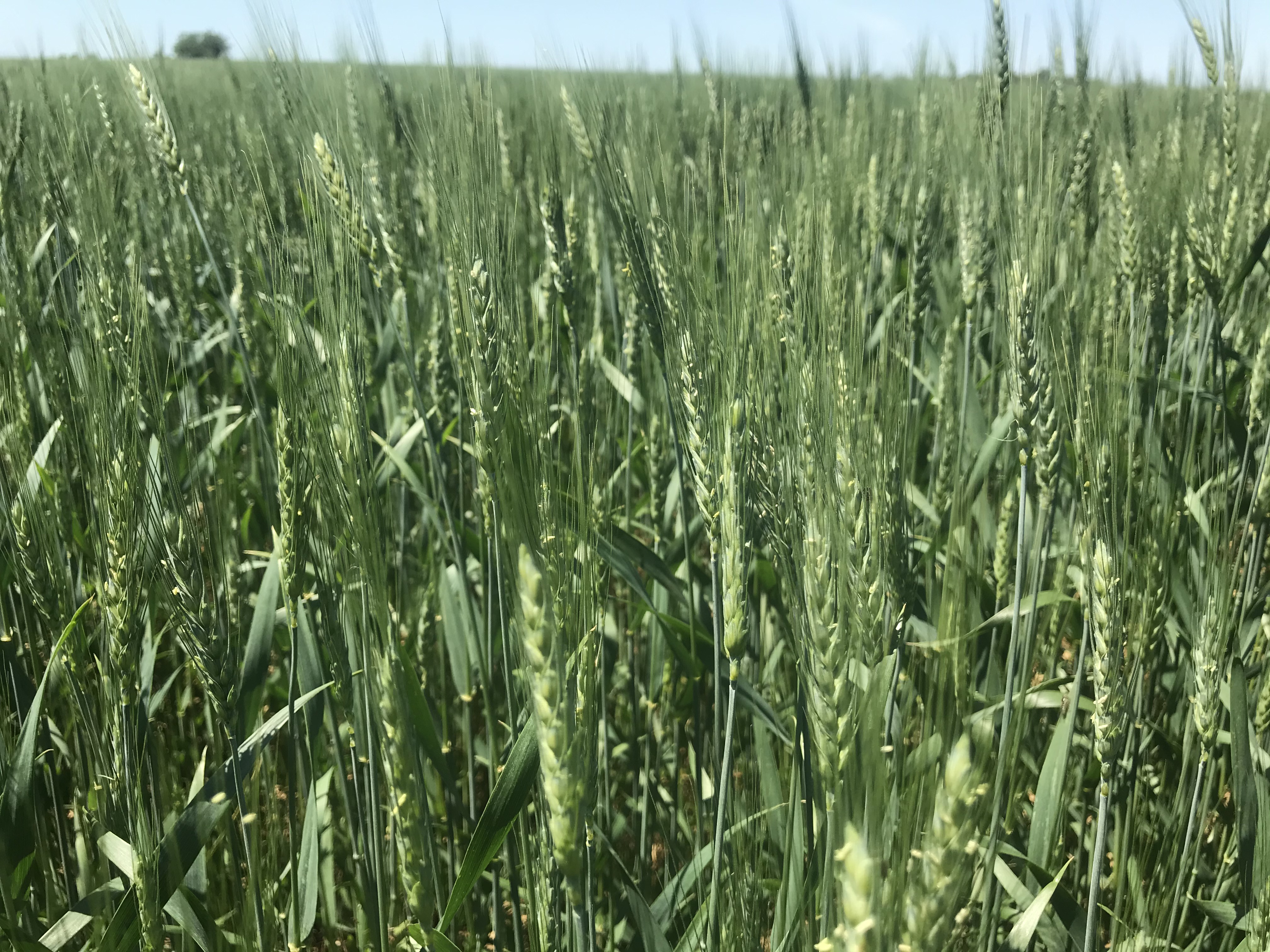
Crop Hour
SDSU Extension will deliver a series of virtual Crop Hour webinars starting January 9 through March 7, 2024, every Tuesday, Wednesday and Thursday from 10:00 a.m.-11:00 a.m. CST.
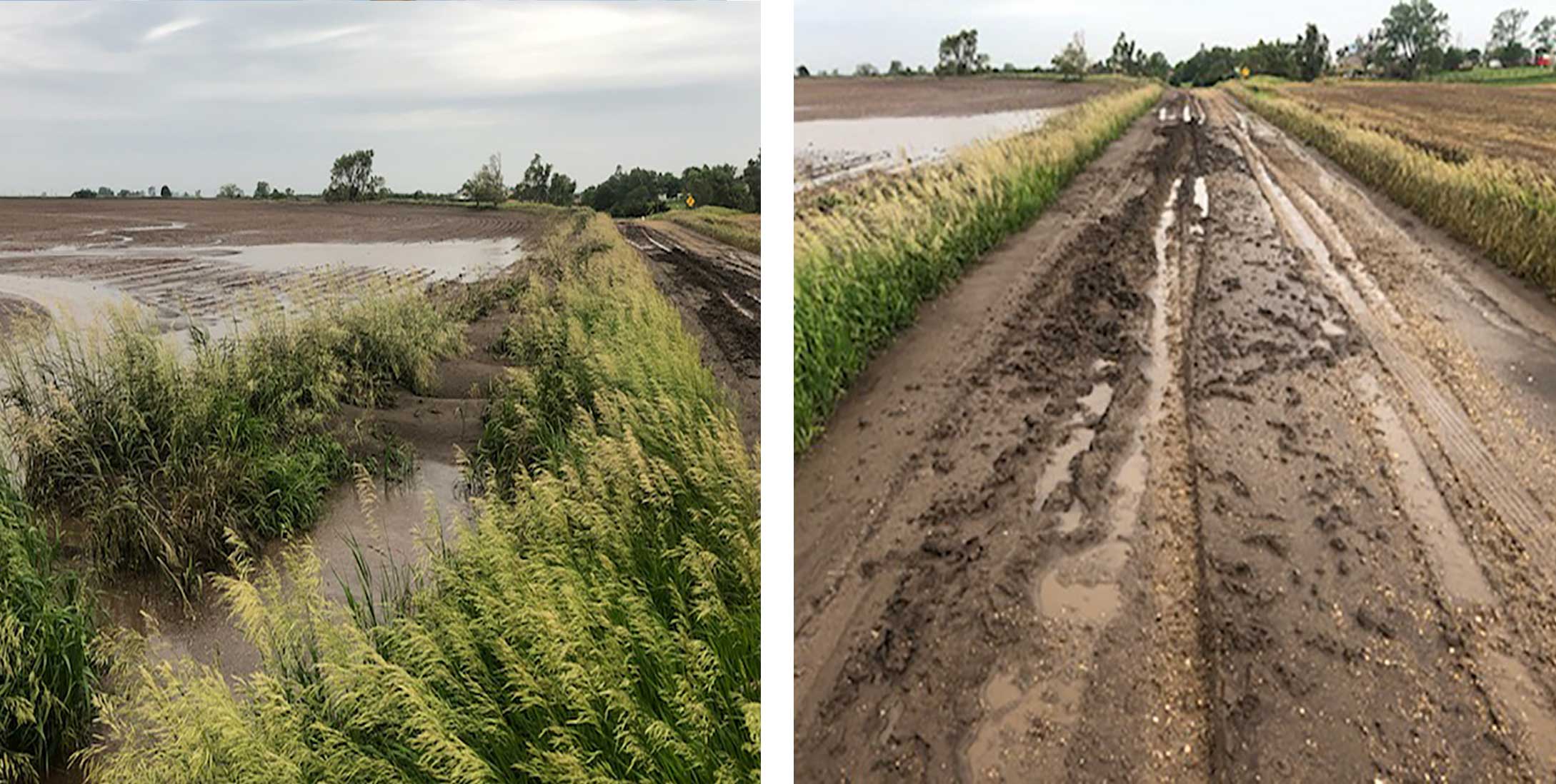
Multiple Rounds of Severe Weather Bring Heavy Rainfall, High Winds, and Soil Erosion
A combination of tillage, no residue, and lack of crop canopy can lead to severe erosion and topsoil loss in the face of extreme weather patterns in the spring. The most effective strategy for producers to adapt to these extreme events is to improve soil health.
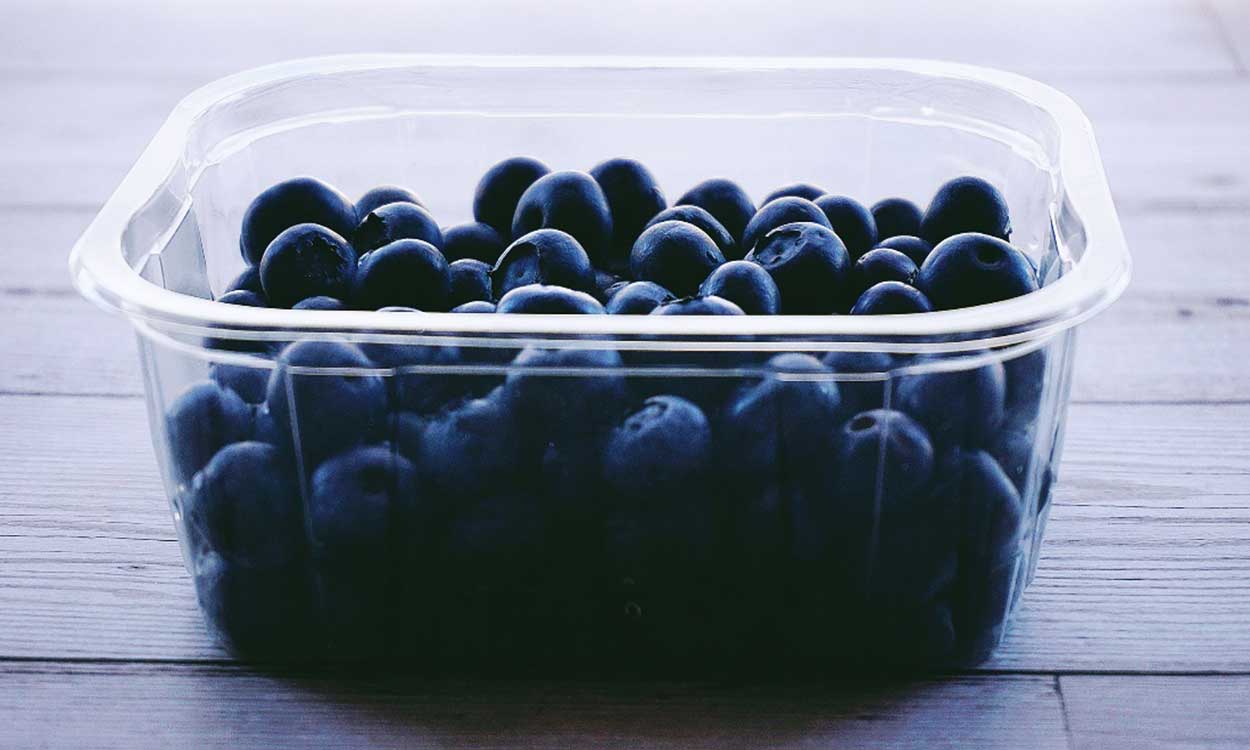
Have Excess Produce? Freeze It!
Freezing is one of the easiest forms of preserving food. It reduces food waste, saves money and allows you to have quick quality produce on hand at all times. The

Steam Canning
Steam canning is a quick and simple method of preserving produce using steam. While steam canning was previously not an evidence-based practice, recent research indicates steam canning may be a safe home food preservation method for canning naturally acidified foods.
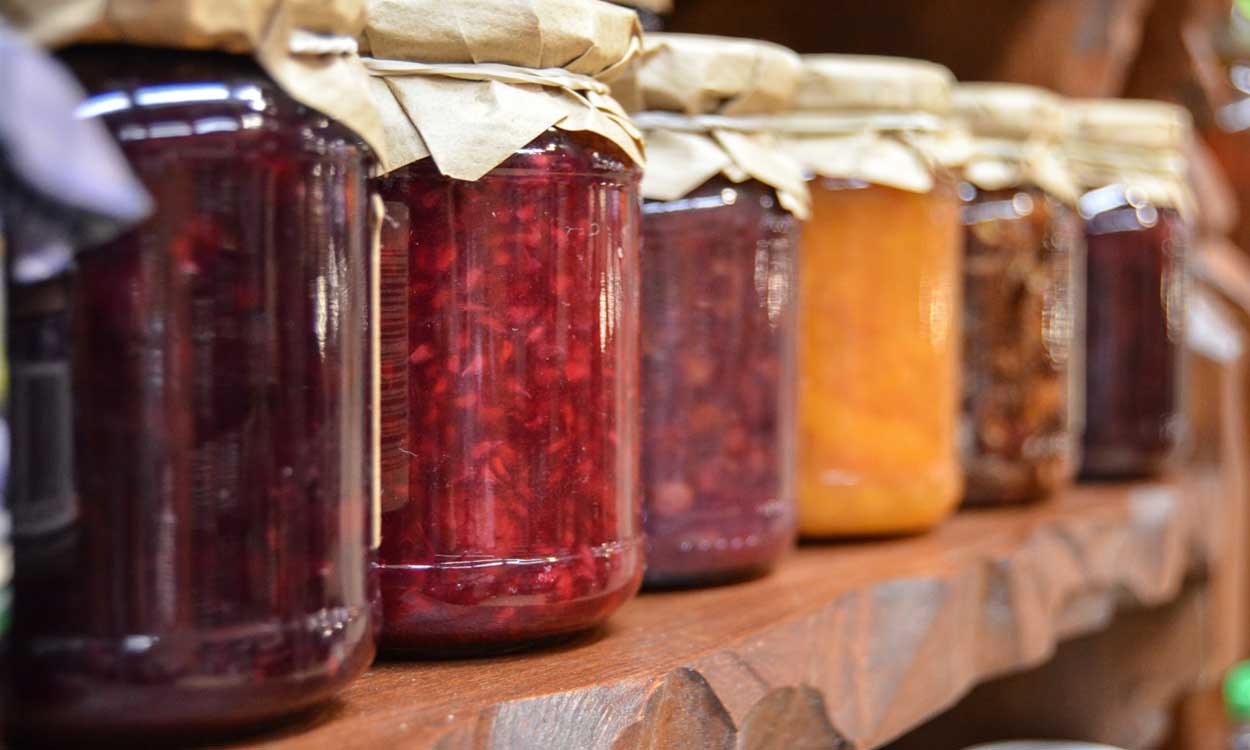
Canning Jams and Jellies
Sweet fruit products like jelly, jam, preserves, conserves and marmalades are jellied or thickened and preserved by sugar. The differences between the fruit products are categorized by the way they are prepared, proportions of fruit, pectin, acid and sugar in the mixture and the method of cooking.